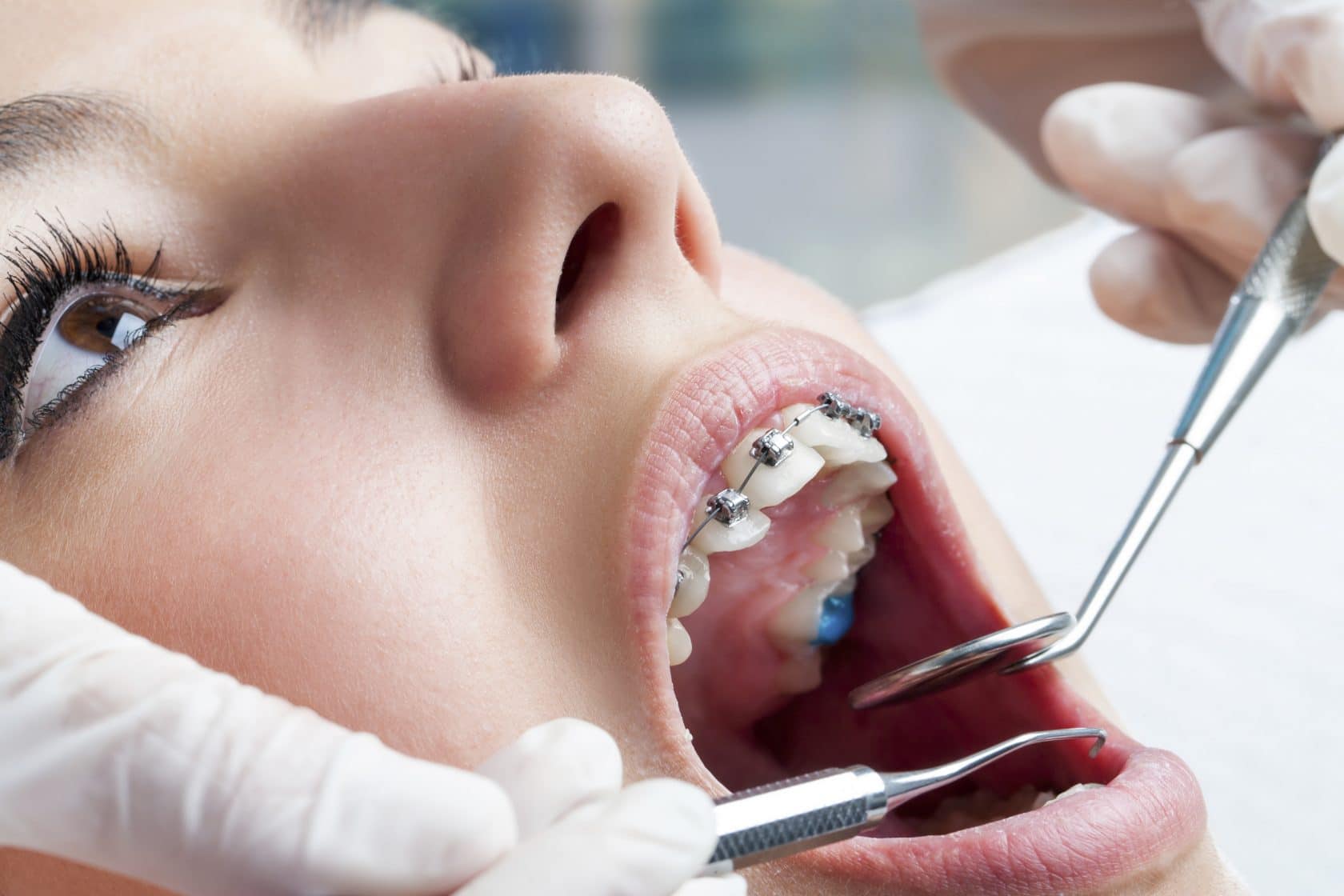What Sets Cumming Braces and Aligners Besides Various Other Orthodontic Treatments
What Sets Cumming Braces and Aligners Besides Various Other Orthodontic Treatments
Blog Article
Comprehensive Guide to Orthodontics Treatments for Dealing With Oral Misalignments
Understanding the details of each procedure, including their devices, benefits, and possible downsides, is important in making educated decisions about one's orthodontic therapy. As we navigate via the extensive overview to orthodontic treatments for fixing oral misalignments, the detailed details of each approach will unravel, shedding light on the path toward a practical and unified dental alignment.
Orthodontic Procedures Review

Along with typical braces and clear aligners, orthodontists might also recommend other treatments like headwear, palatal expanders, or retainers to resolve certain positioning concerns (braces). These procedures are customized to each client's special demands and may include a mix of therapies to attain the desired outcomes. Normal changes and tracking are important parts of orthodontic treatment to ensure progression gets on track and to make any essential alterations in the process. By going through orthodontic procedures, patients can not just accomplish a straighter smile but additionally enhance their overall dental wellness and function.
Typical Braces: How They Work
When taking into consideration orthodontic therapies for dental misalignments, traditional dental braces attract attention as a tried and true approach for fixing teeth positioning. Standard dental braces contain brackets, cables, and bands that interact to use continual stress on the teeth, progressively relocating them into the desired alignment. The brackets are connected to the teeth making use of an unique adhesive, and the wires are threaded through the brackets. By adjusting the tension of the cables, orthodontists can manage the instructions and pressure used to each tooth, leading them right into proper alignment with time.
One secret aspect of how conventional dental braces work is the process of bone remodeling. As pressure is related to the teeth through the dental braces, the bone bordering the teeth is reshaped to sustain the brand-new tooth placements. This remodeling is essential for the long-term security of the corrected alignment. Patients will require normal adjustments at the orthodontist's office to ensure the dental braces proceed to use the appropriate pressure for reliable teeth activity.
Unseen Aligners: Cons and pros
These clear, tailor-made trays are basically unnoticeable when put on, making them an appealing choice for people seeking a much more cosmetically pleasing orthodontic therapy. Patients can eliminate the aligners before consuming or brushing their teeth, lowering the risk of food getting stuck in the home appliance and streamlining the cleaning process.

Surgical Orthodontic Options
Surgical interventions in orthodontics existing teeth whitening practical options for attending to complex oral misalignments that might not be successfully dealt with via conventional orthodontic therapies. While conventional dental braces and undetectable aligners can deal with numerous orthodontic concerns, certain instances require medical treatment to achieve optimum results. Surgical orthodontic choices are generally advised for severe malocclusions, substantial jaw inconsistencies, and cases where the underlying bone framework needs alteration to accomplish correct alignment.
One usual surgical orthodontic treatment is orthognathic surgery, which includes rearranging the jaws to remedy functional concerns such as problem chewing or speaking. This surgical treatment is frequently carried out in collaboration with an orthodontist that helps straighten the teeth prior to and after the procedure. Surgical orthodontics might likewise include procedures to reveal impacted teeth, eliminate excess periodontal cells, or reshape the jawbone to develop a much more unified face profile.
Prior to taking into consideration surgical orthodontic alternatives, individuals go through an extensive analysis to figure out the necessity and possible advantages of such interventions. orthodontics. While surgical procedure might seem overwhelming, it can significantly improve both the feature and visual appeals of the smile in cases where standard orthodontic therapies drop short
Retainers and Post-Treatment Treatment

Failure to comply with post-treatment treatment instructions can result in regression, where tmj treatment the teeth gradually relocate back towards their initial positions. Constant retainer wear, excellent oral health, and regular dental exams are vital for maintaining the results attained with orthodontic surgical procedure and guaranteeing the lasting stability of the remedied oral positioning.
Verdict
In conclusion, orthodontic treatments offer different alternatives for remedying dental misalignments. Typical braces make use of metal braces and cords to shift teeth right into correct positioning. Unseen aligners offer a more very discreet option yet may not be appropriate for all cases. Surgical orthodontic alternatives are offered for more severe imbalances. Retainers are commonly made use of post-treatment to maintain the new positioning. On the whole, orthodontic procedures can efficiently enhance oral wellness and aesthetic appearance.
As we navigate with the extensive guide to orthodontic treatments for correcting dental imbalances, the elaborate details of each technique will certainly unfold, shedding light on the course toward a useful and harmonious dental positioning. - cumming aligners
One of the most typical orthodontic therapies is the use of braces, which consist of steel braces and wires that apply mild pressure to gradually change teeth right into the preferred position.When considering orthodontic therapies for oral misalignments, traditional dental braces stand out as a tried and true method for correcting teeth placing. Furthermore, unnoticeable aligners may not be ideal for complicated orthodontic problems that require even more considerable teeth motion, as they are normally recommended for mild to modest situations. Retainers are custom-made orthodontic tools made to hold teeth in their fixed positions after the conclusion of orthodontic treatment.
Report this page